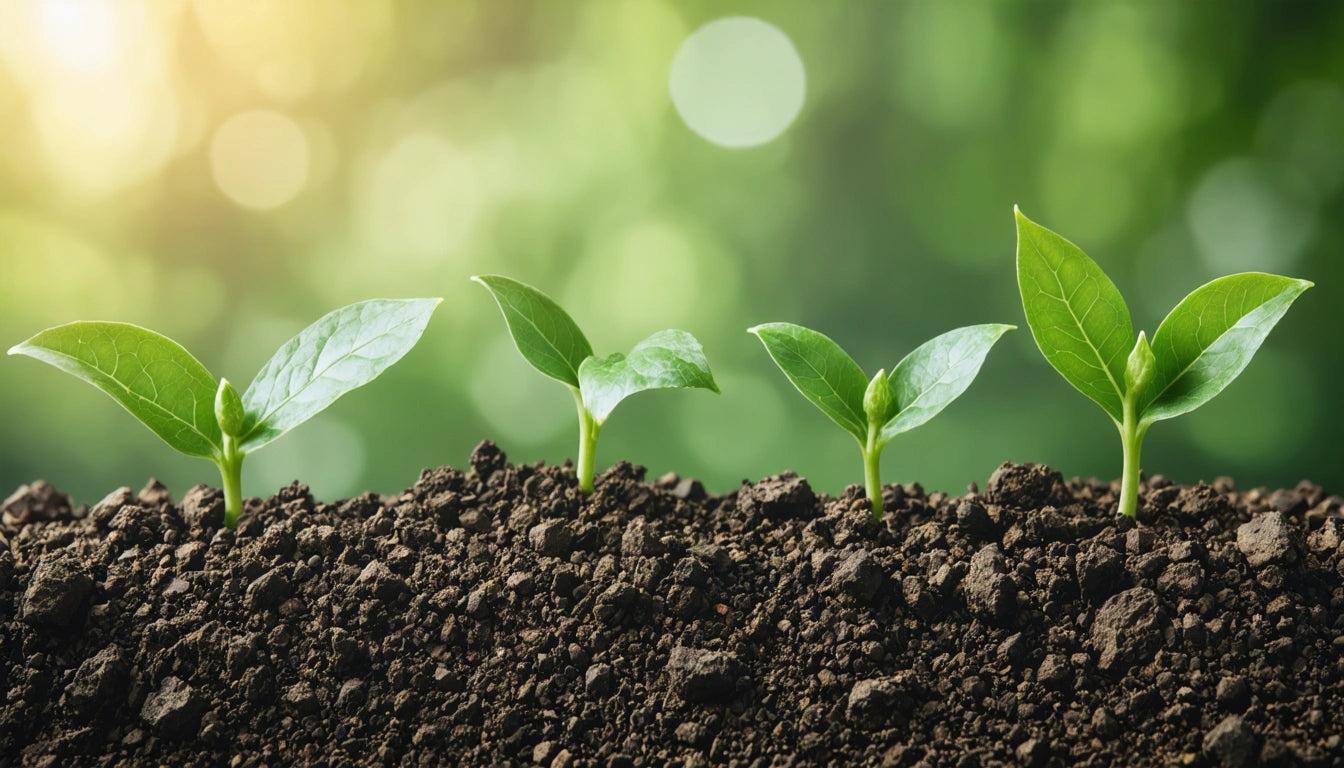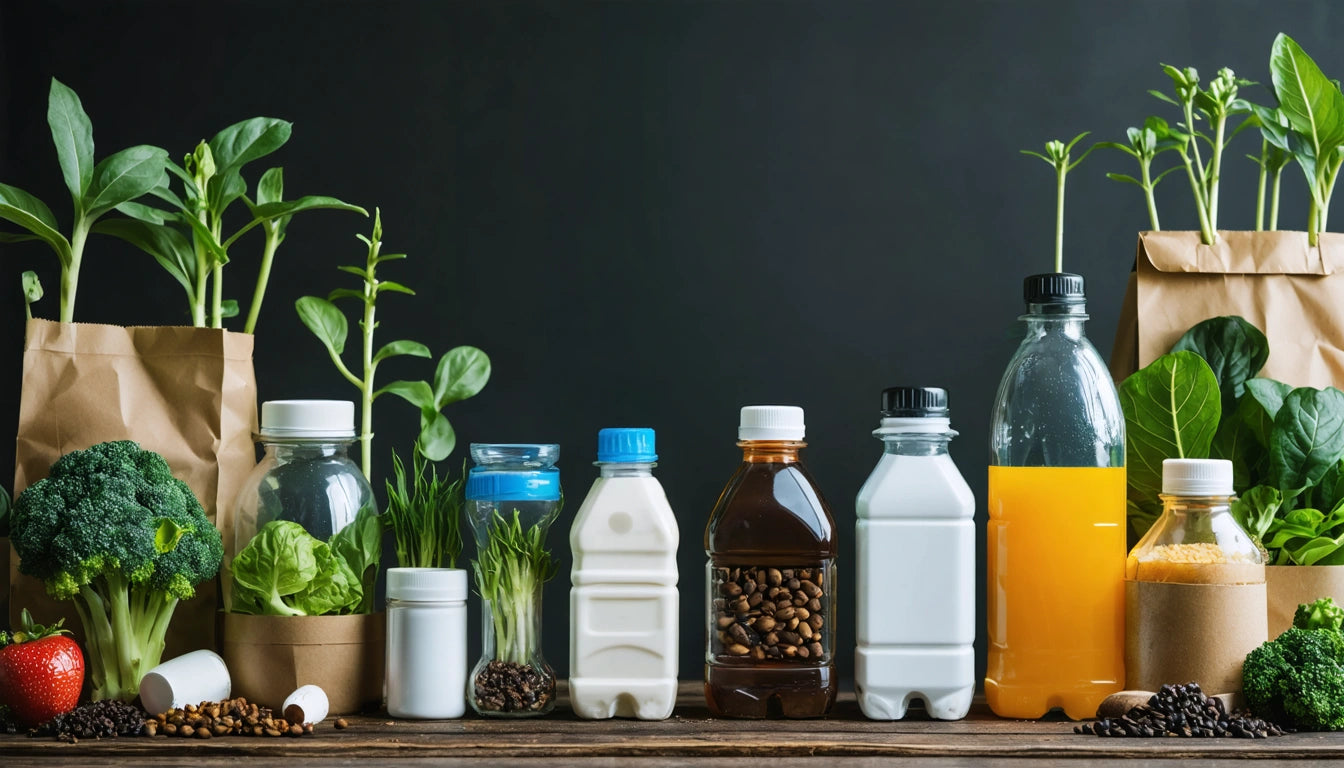Table of Contents
Why Compostable Packaging Still Ends Up in Landfills
The rise of compostable packaging represents a well-intentioned shift toward sustainability in product packaging. However, a significant disconnect exists between the theoretical benefits of compostable materials and their practical end-of-life reality. Despite being designed to break down naturally, most compostable packaging ends up in landfills where it cannot fulfill its environmental promise.
The Compostable Packaging Paradox: Promise vs. Reality
Compostable packaging is engineered to decompose into non-toxic components in specific conditions. When properly processed, these materials convert to nutrient-rich soil amendments. However, the reality is starkly different from this ideal scenario. According to waste management statistics, over 70% of compostable packaging ends up in landfills where it cannot properly decompose.
The disconnect stems from several factors, including infrastructure limitations, consumer behavior, and regulatory inconsistencies. As outlined in this comparison of compostable vs. recyclable options, the theoretical benefits often fail to translate to real-world environmental advantages.
Infrastructure Challenges Facing Compostable Materials
Limited Industrial Composting Facilities
Most compostable packaging requires industrial composting facilities to break down properly. These facilities maintain specific temperature, moisture, and microbial conditions that accelerate decomposition. Unfortunately, such facilities remain scarce in many regions.
Contamination Issues in Processing
When compostable items enter recycling streams, they can contaminate conventional recycling. Similarly, non-compostable items mistakenly added to compost collections can compromise entire batches. This cross-contamination creates significant processing challenges.
As explored in this analysis of biodegradable materials, even well-designed sustainable packaging faces significant hurdles in proper processing.
Consumer Confusion and Disposal Behaviors
Consumer confusion represents another major barrier to proper compostable packaging disposal. Many consumers don't understand the difference between home-compostable and industrial-compostable materials, leading to improper disposal decisions.
Label Literacy Challenges
The variety of eco-labels, certifications, and disposal instructions creates significant confusion. Many consumers struggle to interpret packaging instructions correctly, especially when faced with terms like "biodegradable," "compostable," and "plant-based" that are often used inconsistently.
Product packaging that uses secure containers with child-resistant features often adds another layer of complexity, as these safety mechanisms can make it harder for consumers to identify the base material for proper disposal.
Home Composting Limitations
While some packaging is labeled as home-compostable, many consumers lack home composting systems. Even those with composting setups may find that certain materials don't break down as expected in home environments, which typically don't reach the temperatures needed for complete decomposition.
The Regulatory Landscape and Certification Challenges
Regulatory inconsistencies further complicate the compostable packaging landscape. Different regions have varying standards for what qualifies as "compostable," and certification processes can be complex and expensive for manufacturers.
- ASTM D6400 and EN 13432 are common standards, but not universally adopted
- Testing protocols may not reflect real-world conditions
- Certification costs can be prohibitive for smaller brands
- Regulations often lag behind material innovations
As detailed in this overview of closed-loop systems, regulatory frameworks need significant development to support truly circular packaging solutions.
Practical Solutions for Better Compostable Outcomes
Despite these challenges, several approaches can help improve the end-of-life reality for compostable packaging:
Infrastructure Investment
Expanding industrial composting facilities and creating more accessible collection systems would significantly increase proper processing. Municipal programs that include compostable packaging collection alongside food waste represent a promising approach.
Clearer Consumer Communication
Brands can improve disposal outcomes by providing clearer instructions and education. Transparent eco-communication helps consumers make better disposal decisions.
Material Innovation
Developing materials that can decompose in more diverse conditions could bridge the gap between theoretical benefits and practical outcomes. Innovations like mushroom-based packaging show promise for breaking down in less specialized environments.
Systemic Approach to Sustainable Packaging
Rather than focusing solely on end-of-life considerations, a more holistic approach considers the entire lifecycle impact of packaging. In some cases, reusable systems may offer better environmental outcomes than single-use compostable options.
The journey toward truly sustainable packaging requires addressing these systemic challenges rather than simply switching materials. By understanding why compostable packaging ends up in landfills, brands can make more informed decisions that lead to genuine environmental benefits rather than simply eco-friendly marketing claims.











Leave a comment
All comments are moderated before being published.
This site is protected by hCaptcha and the hCaptcha Privacy Policy and Terms of Service apply.